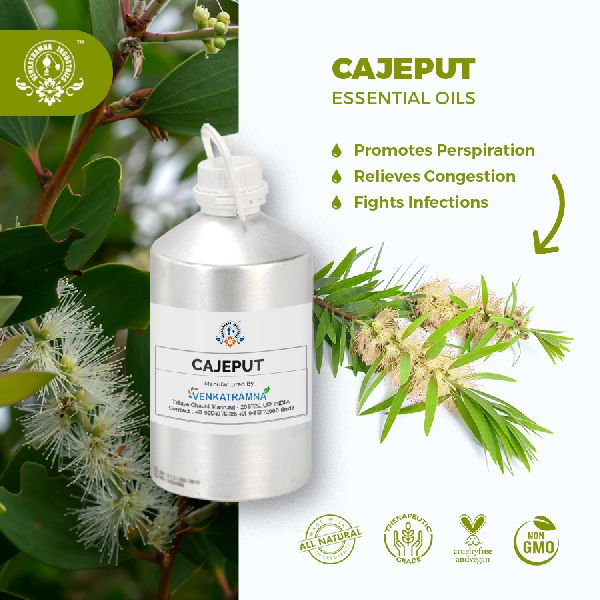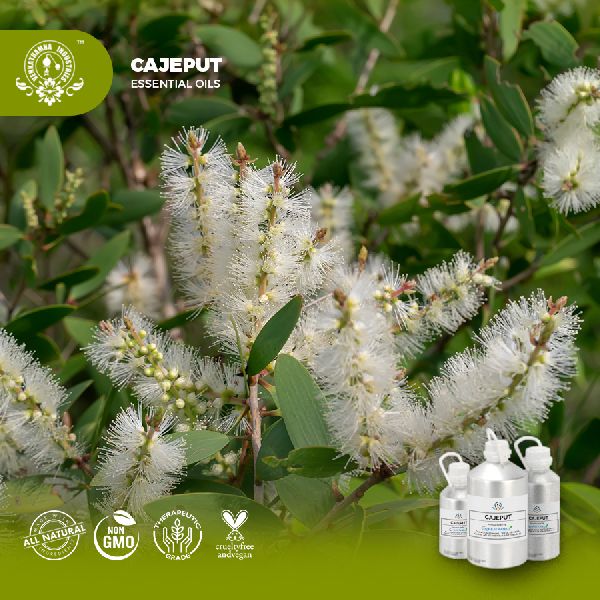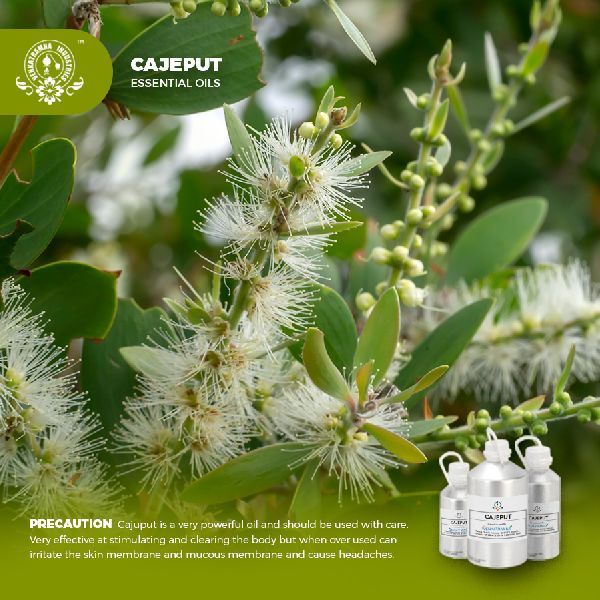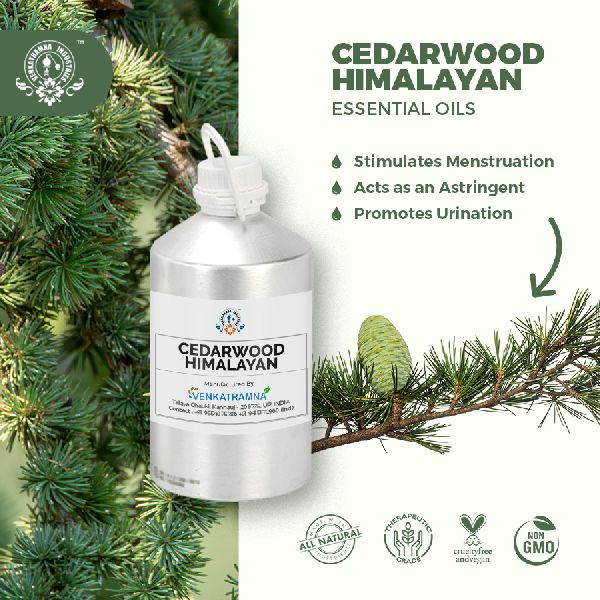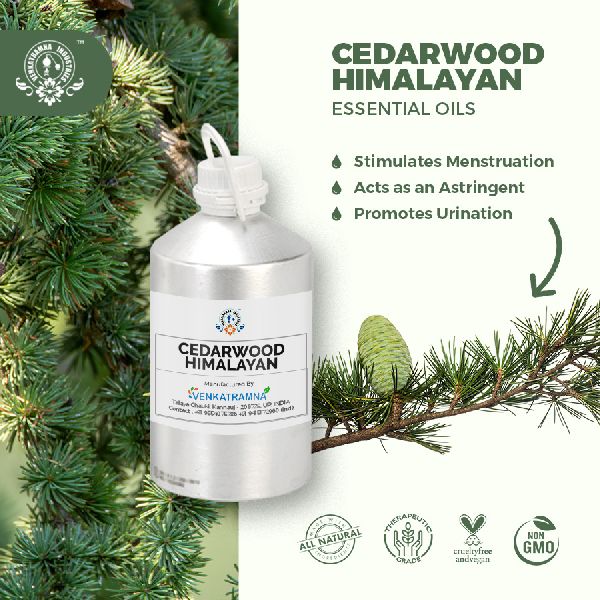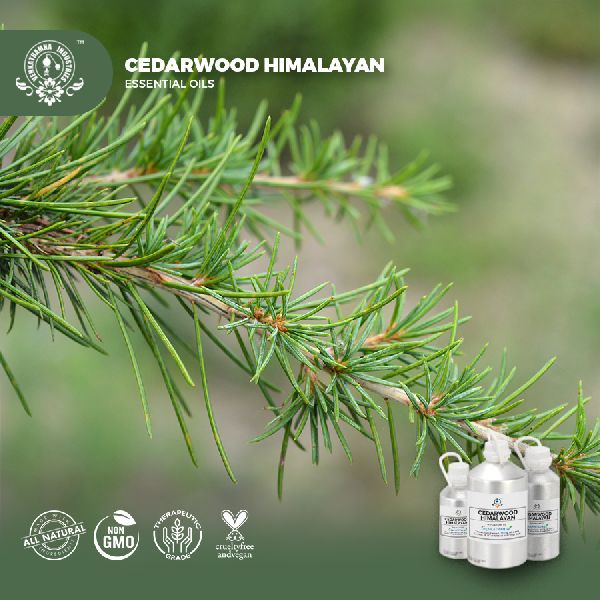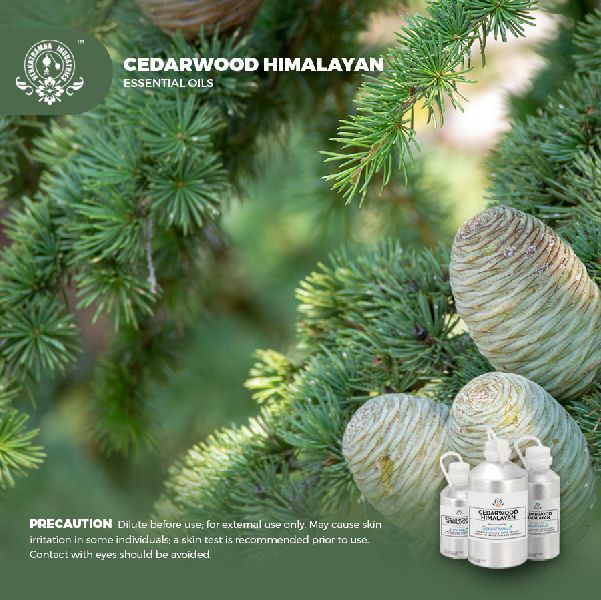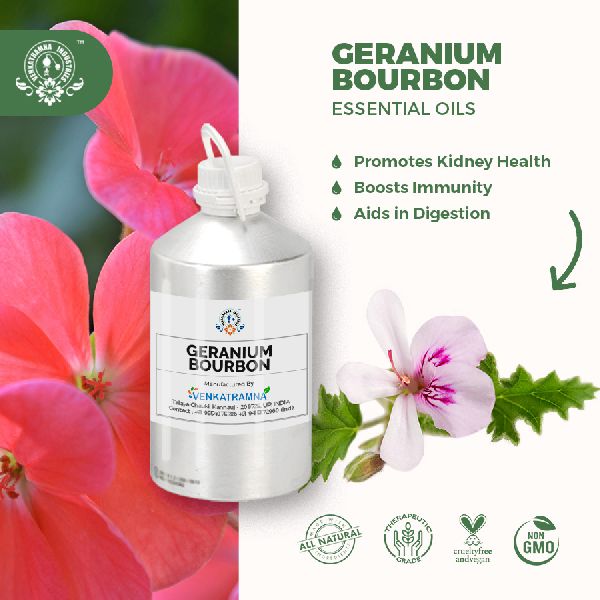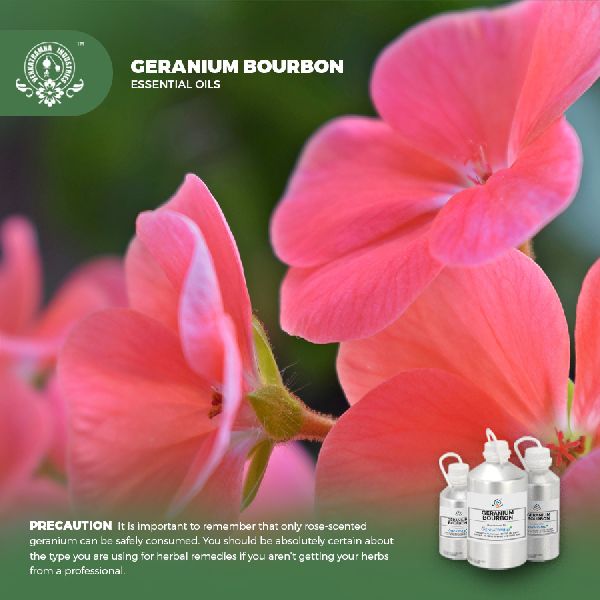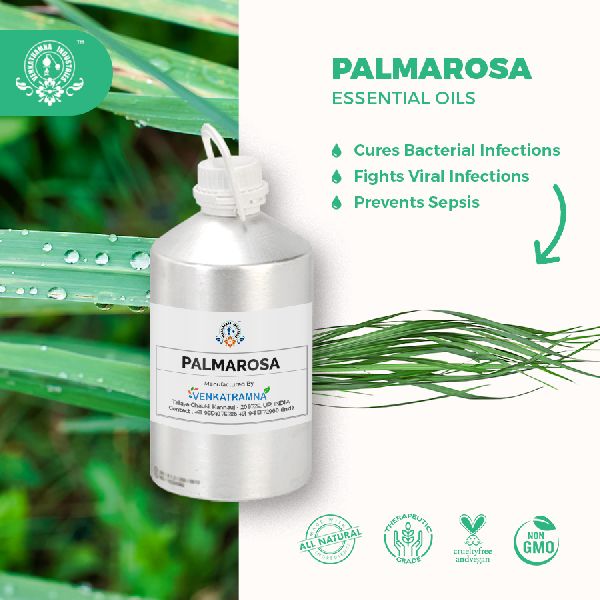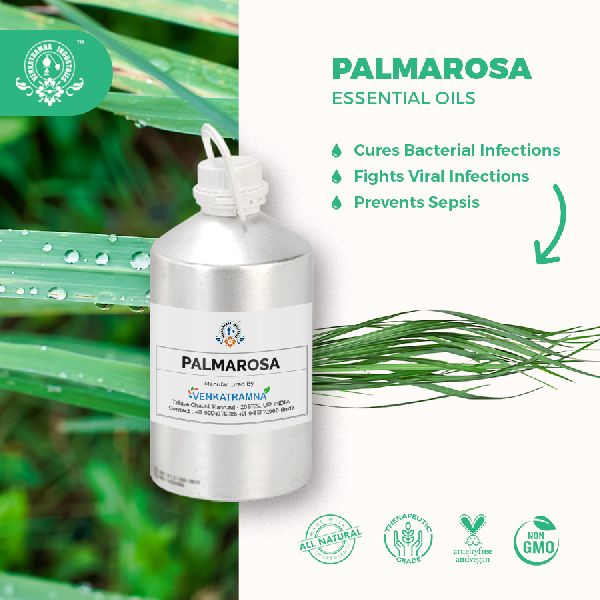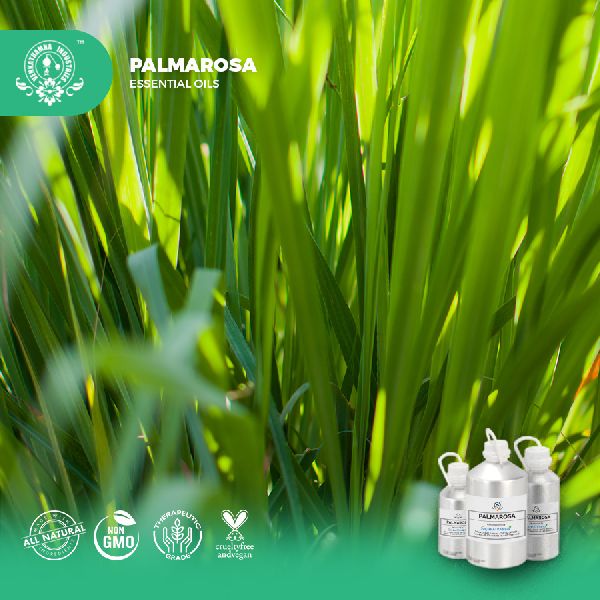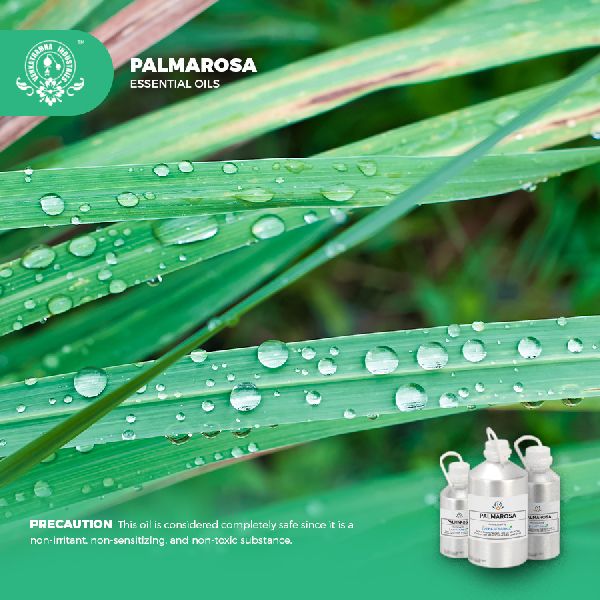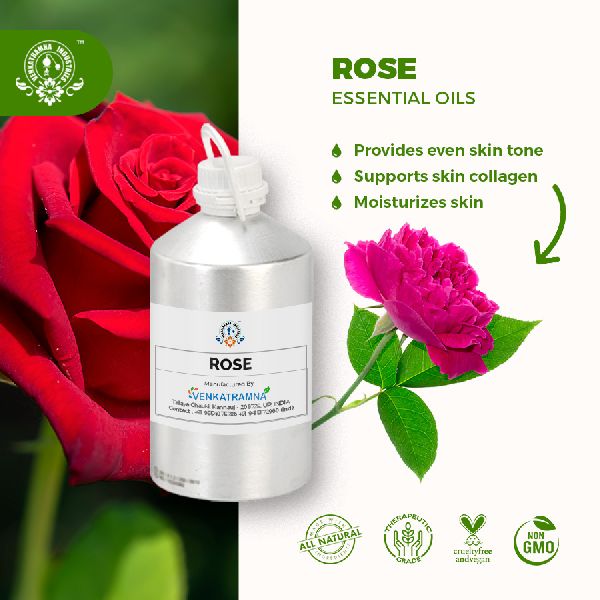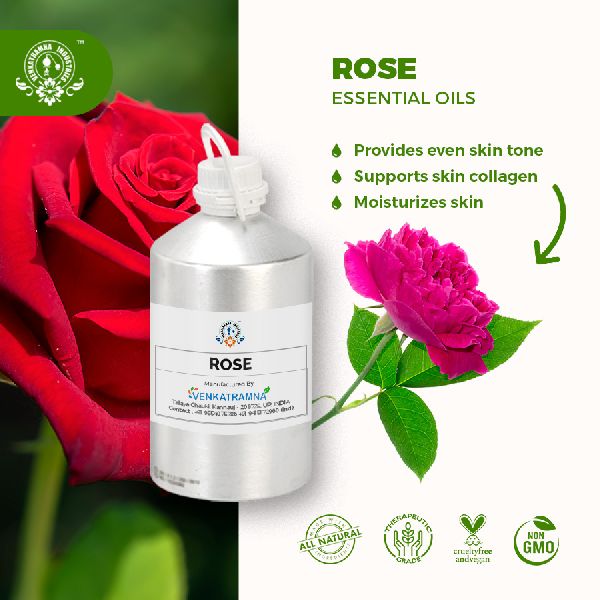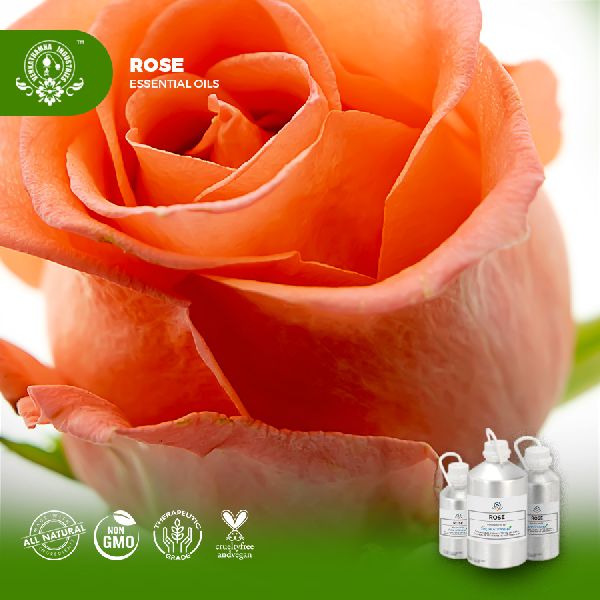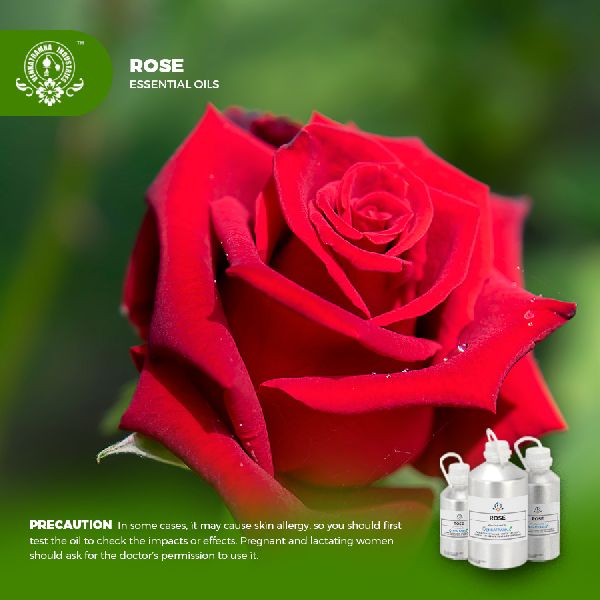Indra Nagar, Kanpur, Uttar Pradesh - GST No. 09AVOPS2676K1ZN
- Send SMS
- Send Email
Wild Crafted Essential Oil
Leading Manufacturers, Exporters, Wholesaler and Retailer of Cajeput Wild Crafted Essential Oil, Cedarwood Wild Crafted Essential Oil, Geranium Wild Crafted Essential Oil, Palmarosa Wild Crafted Essential Oil and Rose Wild Crafted Essential Oil from Kanpur.
| Business Type | Manufacturer, Exporter, Supplier, Retailer, Wholesaler |
Preferred Buyer From
| Location | Worldwide |
The family Geraniaceae contains three genera: Geranium, Erodium, and Pelargonium. The names, derived from the three Greek words meaning crane, heron, and stork, refer to the resemblance of the seed case to the slender bills of these three birds. Pelargonium species originate in South Africa and different species are found in distinct habitats. The Pelargonium species related to the Geranium oil-producing cultivars are mainly located in the Cape area.
Pelargonium plants are comprised of a myriad of hybrids and cultivars. They are bushy perennial shrubs possessing hairy, jagged leaves and clusters of small, pink striped flowers. The plant grows best in a warm temperate climate with plenty of sunshine for maximum oil development. It is sensitive to cold weather and frost averse. Glands located widely over the surface of the leaves and the green parts of the plant produce an aromatic volatile oil. Variations in the aromatic compounds of different cultivars results in diverse aromatic profiles for the different types of geranium essential oils available, that is, rose geranium, geranium or rose geranium bourbon. This is a key component of the surprise and delight inherent in plant-based aromas.
The term "wild" when applied to plants or plant species refers to those that grow spontaneously in self-maintaining populations in natural or semi-natural ecosystems and can exist independently of direct human action. Venkatramna Industries have selective wild varieties of species which are being conserved to obtain oil and this is one of them. These species are the wild species (Original of their genera), means they are not Genetically modified (GMO), Non-Hybrid and no artificial or desired characters were induced. Collectively we call them Wild Crafted Essential Oils.
Intended Benefits/Uses or Properties
Geranium Essential Oil rightfully holds a beautiful reputation as an essential oil that is especially well suited for women. It's supportive to the reproductive system, menstrual cycle and during menopause. Its benefits, however, don't just end there. It's a wonderful essential oil for use in balancing the skin's production of sebum and in helping with acne. Geranium Essential Oil is astringent, and it can also be helpful with hemorrhoids and varicose veins. Refer to the Uses selection below for more benefits and uses.Geranium oil is widely used as an ingredient in perfumes and cosmetics. The essential oil is also used in aromatherapy to treat a number of health conditions.
| Business Type | Manufacturer, Exporter, Supplier, Retailer, Wholesaler |
Preferred Buyer From
| Location | Worldwide |
Cedar trees in general have a long history of use for furniture and buildings as well as in various herbal remedies and aromatherapy preparations. According to the Old Testament, King Hiram of Tyre sent cedar wood from Lebanon to King Solomon for the construction of the Temple in Jerusalem. Cedar wood has also been used for centuries to line closets or make chests to protect clothing from moths. The fragrant wood was also used by Native Americans as well as the ancient Egyptians, Greeks, and Romans as an ingredient in incense blends.
Cedrus atlantica (Atlas Cedar) is a large, beautiful, evergreen, blue coloured or bluish green coloured tree. The colour of this plant is due to the colour of the foliage. It is a long tree with a pyramid shaped crown with few open branches but can be spreading when mature. It is planted along the roadside, street walks, sidewalks, etc to enhance scenic beauty. It has glossy and cylindrical cones that mature in September and October.
Cedrus atlantica is a native to North Africa and occurs at high altitudes on the mountainsides. It needs full or partial sunlight for growth. It cannot grow in shady places. It prefers moist and dry soil for growth.This plant provided habitat for Barbary macaque. This plant is an endangered species because of the human exploitation for wood and timber.It is also used as habitat for many bird species for nesting and roosting.
There are several ‘cedarwood’ essential oils extracted from trees of the Cupressaceae family and traded in commerce, but these oils are not as commonly used in aromatherapy as the familiar ‘atlas’ and ‘virginian’ types. For example, Chinese cedarwood (Juniperus funebris), Texas cedarwood (Juniperus ashei) and Himalayan cedarwood (Cedrus deodara) are all used in the fragrance industry, but for various reasons they are not commonly used therapeutically.
The term "wild" when applied to plants or plant species refers to those that grow spontaneously in self-maintaining populations in natural or semi-natural ecosystems and can exist independently of direct human action. Venkatramna Industries have selective wild varieties of species which are being conserved to obtain oil and this is one of them. These species are the wild species (Original of their genera), means they are not Genetically modified (GMO), Non-Hybrid and no artificial or desired characters were induced. Collectively we call them Wild Crafted Essential Oils.
Intended Benefits/Uses or Properties
- Atlas Cedar plant is traditionally used to treat diseases like arteriosclerosis, water retention, lymphatic damage, etc in many parts of the world. In the United states, this plant is grown as ornamental plant and for landscaping purposes. In North Africa, it is used for production of essential oils (Cedarwood oil) and medicine. In Algeria and Morocco, the plants are left undisturbed as it prevents soil erosion and also used as medicine to treat skin and hair problems.
- The antiseptic and fungicidal nature of Atlas Cedar it is effectively used against skin problems and hair problems. Essential oil derived from this plant is anti-spasmodic, insecticidal and sedative in nature and thus used to treat several diseases.
- Atlas Cedar oil is used to treat acne, psoriasis and eczema. It is also used to smoothen skin. It is used to treat dandruff and prevents hair loss. The anti-bacterial nature is used against tuberculosis, bronchitis and gonorrhea. It also boosts respiratory system and can be used to treat cold and cough. It removes mucus from the respiratory tract and clears the system.
- Atlas Cedar oil is also used to regulate menstruation and stimulates blood flow. The menstrual cramps can be relieved by this oil.
| Business Type | Manufacturer, Exporter, Supplier, Retailer, Wholesaler |
Preferred Buyer From
| Location | Worldwide |
M. cajuputi is one of the 10 species that together form the M. leucadendra (L.) (also often named M. leucadendron ) complex. Many early references to M. leucadendra or M. leucadendron yielding cajeput oil from Indonesia and Vietnam in fact refer to M. cajuputi . It is often difficult to distinguish species within the complex, especially in areas where they overlap, because distinctive characteristics also overlap. Within the complex, M. cajuputi is most closely related to M. viridiflora Sol. ex Gaertner and M. quinquenervia (Cav.) S.T. Blake. Distinctive characteristics are: M. cajuputi has leaves with petiole 3-11 mm long, blade mostly longer than 5 cm and less than 2.5 cm wide, old leaves densely dotted with glands, rather thin in texture, with reticulations almost as prominent as the main veins and young shoots with spreading hairs. M. viridiflora has leaves with petioles 1-2 cm long, blades wider than 2.5 cm, very thick, young shoots with appressed silky hairs. M. quinquenervia is like M. cajuputi but its old leaves are not conspicuously dotted with glands, not thin-textured and have obscure reticulations. It is Evergreen shrub or usually single-stemmed tree up to 25(-40) m tall with an extensive root system, sometimes with aerial adventitious roots. Bark layered, fibrous and papery, grey to white. Crown fairly dense and wide, somewhat silvery in appearance; smaller branches and twigs slender but not drooping, young shoots densely silky hairy with spreading fine hairs up to 2 mm long.
M. cajuputi is a long-lived, moderately fast-growing tropical tree adapted to both waterlogged and well drained soils. On soils subject to prolonged waterlogging it develops aerial adventitious roots, which can form buttresses on the lower trunk. Like all melaleucas, it does not develop dormant buds and grows whenever conditions are favourable. After bush fires, it will regenerate by seed, coppicing and from root suckers.
The term "wild" when applied to plants or plant species refers to those that grow spontaneously in self-maintaining populations in natural or semi-natural ecosystems and can exist independently of direct human action. Venkatramna Industries have selective wild varieties of species which are being conserved to obtain oil and this is one of them. These species are the wild species (Original of their genera), means they are not Genetically modified (GMO), Non-Hybrid and no artificial or desired characters were induced. Collectively we call them Wild Crafted Essential Oils
Intended Benefits/Uses or Properties
The oil is a common household medicine, especially in South-East Asia, used internally for the treatment of coughs and colds, against stomach cramps, colic and asthma. It is used externally for the relief of neuralgia and rheumatism, often in the form of ointments and liniments, and for the relief of toothache and earache. It is also applied in treating indolent tumours. The oil is reputed to have insect-repellent properties; it is a sedative and relaxant and is useful in treating worms, particularly roundworm, and infections of the genito-urinary system.
Cajeput Oil in Pharma
The leaves are used to distill 'cajeputi oil' or 'tea tree oil' which has medicinal and antiseptic uses such as medical ointments. It is used to treat gout by the Burmese. in Southeast Asia, it is used for relieving rheumatism and joint pains, as well as pain killer. In Malaysia, it is used in the treatment of colic and cholera. In Indonesia, the oil is used externally for burns, colic, cramps, earache, headache, skin diseases, toothache and wounds. Internally, it is used to induce sweating as a stimulant and as an antispasmodic. In Philippines, the leaves are used to treat asthma.
| Business Type | Manufacturer, Exporter, Supplier, Retailer, Wholesaler |
| Botanical Name | Cymbopogon Martini |
| Common name | Palmarosa, ginger grass, rosha grass |
| Plant family | Poaceae |
| Genus | Cymbopogon |
| Appearance/Color | Yellow to light brown liquidwith thin consistency |
| Blends With | Ylang-Ylang Geranium, Lime, Rosemary and Bergamot |
| Source | Leaves |
| Method of Extraction | Steam Distillation |
Preferred Buyer From
| Location | Worldwide |
Palmarosa is one of nature’s star upholders of skin health. Because of this, palmarosa often finds a place in our skin care routines, for both our faces and bodies. The name palmarosa was given to this unique therapeutic plant because its fragrance is similar to that of rose oil. In the historical times, the Turks and Indians combined palmarosa essential oil with rose oil. While palmarosa pure essential oil has numerous therapeutic uses, it is more frequently used for cosmetic or rose solutions due to its moisturizing properties.
Cymbopogon martini is an evergreen, tufted, aromatic grass with numerous erect culms arising from a short, stout, woody rhizome. The stems are up to 3 metres tall. The plant has been gathered from the wild since antiquity, and this method still produces an important portion of the essential oil. However, the plant has also been cultivated since the beginning of the 20th Century and is now grown in several areas of the tropics. Palmarosa oil has gradually lost importance in the world market, being replaced by low-cost synthetic or natural geraniol. The natural oil is still preferred in high quality perfumes, however, especially in the Middle East.
The term "wild" when applied to plants or plant species refers to those that grow spontaneously in self-maintaining populations in natural or semi-natural ecosystems and can exist independently of direct human action. Venkatramna Industries have selective wild varieties of species which are being conserved to obtain oil and this is one of them. These species are the wild species (Original of their genera), means they are not Genetically modified (GMO), Non-Hybrid and no artificial or desired characters were induced. Collectively we call them Wild Crafted Essential Oils.
| Business Type | Manufacturer, Exporter, Supplier, Retailer, Wholesaler |
| Botanical Name | Rosadamascena |
| Common name | Damask Rose, Rose, Gulab |
| Plant family | Rosaceae |
| Genus | Rosa |
| Appearance/Color | Dark orange or light to medium yellowish-green, transparent, slightly viscous liquid. |
| Odor | The Rose de mal oil emits a deep sweet rosy fragrance when used. |
| Blends With | Other florals, citruses, Benzoin, Clary Sage, Chamomile, Patchouli and Sandalwood. |
| Origin | India |
| Source | Flower |
| Method of Extraction | Steam Distillation |
Preferred Buyer From
| Location | Worldwide |
Out of over 200 species of the rose bush and approximately 10,000 more hybrid species of rose, only about six species are used to produce rose oil and rose absolute, with the vast majority being produced from Rosa damascena and Rosa centifolia. Other species of rose used to produce rose otto and rose absolute in limited quantities are Rosa rugosa, Rosa alba, Rosa bourbonia and Rosa moschata. These particular rose species exhibit the traditional fragrance commonly associated with the rose plant, while other varieties may exude aromas of fruits, musks, or other flowers (Guenther, E. (1952) The Essential Oils. London: Macmillan). The rose’s familiar fragrance is due to a simple water-soluble alcohol, beta-phenylethanol, and three monoterpenic oil-soluble alcohols, geraniol, nerol, and citronellol. The acetate esters of these alcohols are also rose-scented but of a slightly different fragrance. The clove-scented eugenol and methyl eugenol contribute to the spiciness of the rose’s fragrance. The different concentrations of these chemicals determine the final fragrance, which varies for each species of rose.
Rosa damascena mill L, commonly known as Damask rose, is known as GoleMohammadi in Iran. It is one of the most important species of Rosaceae family. Rosaceae are well- known ornamental plants and have been referred to as the king of flowers. At present time, over 200 rose species and more than 18000 cultivars form of the plant have been identified. Apart from the use of R. damascena as ornamental plants in parks, gardens, and houses, they are principally cultivated for using in perfume, medicine and food industry. However, R. damascena is mainly known for its perfuming effects. The rose water were scattered at weddings to ensure a happy marriage and are symbol of love and purity and are also used to aid meditation and prayer.
The term "wild" when applied to plants or plant species refers to those that grow spontaneously in self-maintaining populations in natural or semi-natural ecosystems and can exist independently of direct human action. Venkatramna Industries have selective wild varieties of species which are being conserved to obtain oil and this is one of them. These species are the wild species (Original of their genera), means they are not Genetically modified (GMO), Non-Hybrid and no artificial or desired characters were induced. Collectively we call them Wild Crafted Essential Oils.
Rose oil is obtained from the petals of difference Rosa species especially Rosa centifolia L. and Rosa damascena Mill. Various pharmacological properties have been attributed to rose oil.Next to rose oil, rose absolute, rose water and rose concrete are important basic materials in cosmetic industries. For the production of 1 kg of rose oil 3500–4000 kilograms of rose flowers are necessary. Due to its expensive industrial production and also to high importance in the cosmetic industry, rose oil is often called “liquid gold”. The most common chemical compounds present in essential rose oil obtained from R. damascene are citronellol, geraniol, nerol, farnesol and androse oxide, which is a fragrance attributed to rose.


